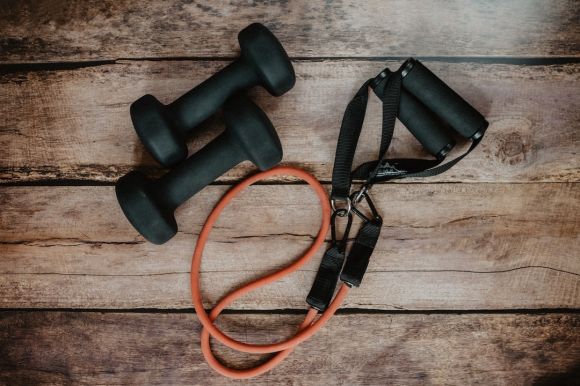Engaging in physical exercise is essential for maintaining a healthy lifestyle. However, one common occurrence that often follows a rigorous workout session is muscle soreness. This post-workout discomfort can be a hindrance to people’s fitness goals and may even discourage them from continuing their exercise routine. Fortunately, there are several ways to prevent muscle soreness after exercise. By implementing these strategies, individuals can minimize post-workout discomfort, allowing them to focus on their fitness journey more effectively.
Proper Warm-up and Cool-down
One of the most effective ways to prevent muscle soreness is to implement a proper warm-up and cool-down routine before and after each workout session. A warm-up helps to increase blood flow to the muscles, preparing them for the upcoming activity. This can be done through dynamic stretches, such as leg swings, arm circles, and lunges. Additionally, a cool-down routine is essential to gradually bring down the heart rate and relax the muscles. This can include static stretches, such as holding a calf stretch or a quad stretch for 20-30 seconds.
Hydration
Staying hydrated before, during, and after exercise is crucial in preventing muscle soreness. Dehydration can lead to muscle cramps and fatigue, making it more likely for individuals to experience post-workout discomfort. It is recommended to drink water regularly throughout the day, especially when engaging in physical activity. Additionally, consuming electrolyte-rich beverages, such as sports drinks, can help replenish the body’s electrolyte levels, further reducing the risk of muscle soreness.
Proper Nutrition
Fueling the body with the right nutrients is essential for preventing muscle soreness after exercise. Consuming a balanced diet that includes an adequate amount of protein, carbohydrates, and healthy fats can support muscle recovery and repair. Protein, in particular, is crucial for repairing and building muscle tissue. Including lean sources of protein, such as chicken, fish, tofu, or beans, in post-workout meals can help alleviate muscle soreness.
Gradual Progression
Many individuals make the mistake of pushing themselves too hard too soon, leading to muscle soreness and potential injuries. Gradual progression is key to preventing post-workout discomfort. By gradually increasing the intensity, duration, and frequency of exercise, individuals give their muscles time to adapt and strengthen. This allows the body to recover more effectively, reducing the likelihood of muscle soreness.
Foam Rolling
Foam rolling, also known as self-myofascial release, is an effective technique to prevent muscle soreness. This practice involves using a foam roller to apply pressure to specific muscle groups, helping to release tension and improve blood circulation. By incorporating foam rolling into a post-workout routine, individuals can help relax tight muscles and reduce the risk of soreness.
Proper Rest and Recovery
Rest and recovery are crucial elements in preventing muscle soreness after exercise. Giving the body time to rest allows it to repair damaged muscle tissue and replenish energy stores. It is important to incorporate rest days into an exercise routine to avoid overtraining, which can lead to increased muscle soreness and decreased performance. Additionally, getting enough sleep is essential for muscle recovery and overall health.
In conclusion, muscle soreness after exercise can be prevented by implementing certain strategies. By incorporating a proper warm-up and cool-down routine, staying hydrated, consuming a balanced diet, gradually progressing in exercise, foam rolling, and allowing for proper rest and recovery, individuals can minimize post-workout discomfort. By taking these preventative measures, individuals can focus on their fitness goals and enjoy their exercise routine without the hindrance of muscle soreness.





